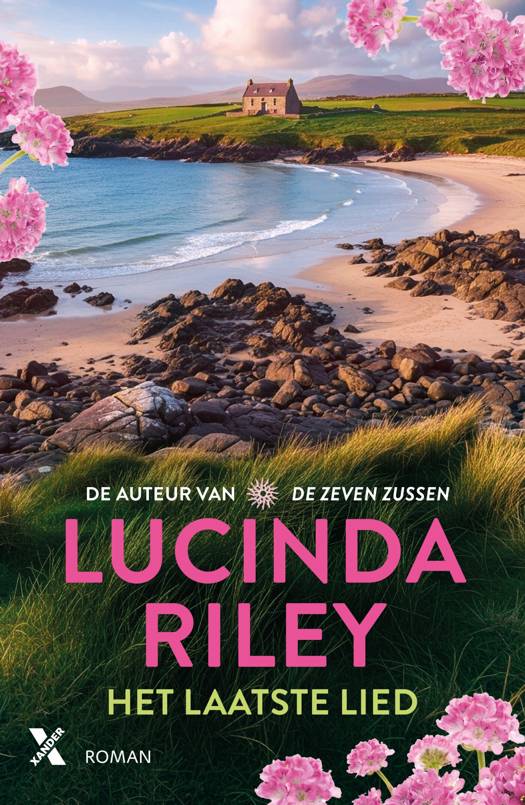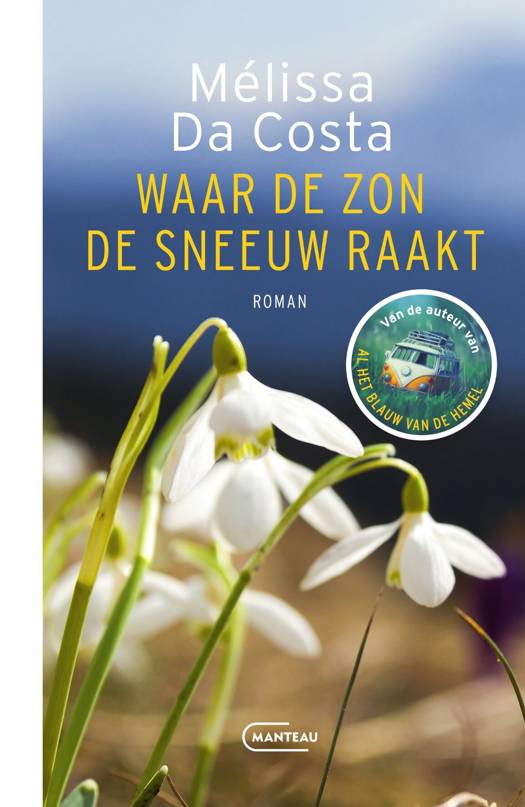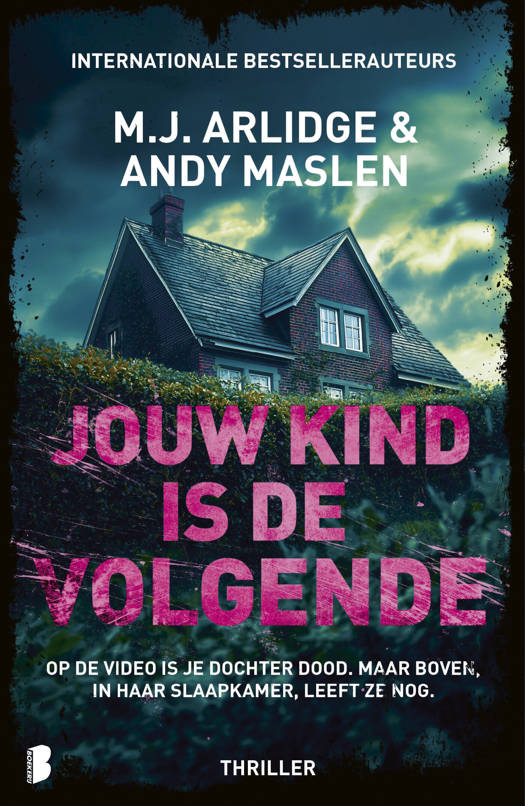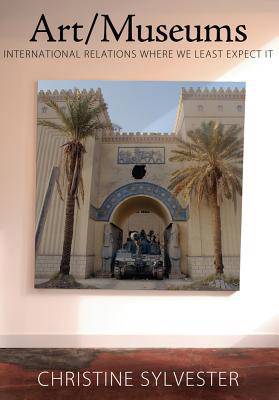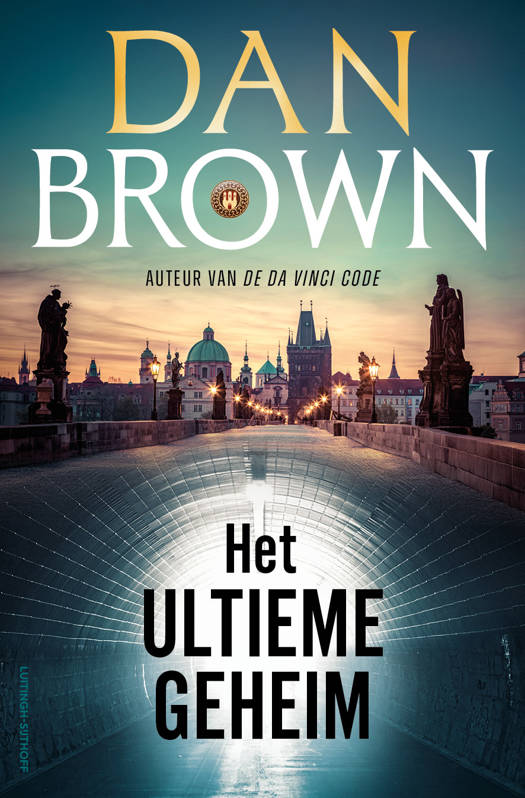
- Afhalen na 1 uur in een winkel met voorraad
- Gratis thuislevering in België vanaf € 30
- Ruim aanbod met 7 miljoen producten
- Afhalen na 1 uur in een winkel met voorraad
- Gratis thuislevering in België vanaf € 30
- Ruim aanbod met 7 miljoen producten
Zoeken
€ 94,95
+ 189 punten
Uitvoering
Omschrijving
Art/Museums takes the study of international relations to the art museum. It seeks to persuade those who study international relations to take art/museums seriously and museum studies to take up the insights of international relations. And it does so at a time when both international relations and art are said to be at an end-that is, out of control and beyond sight of their usual constituencies. The book focuses on the British Museum, the National Gallery of London, the Museum of Iraq, the Museum of Modern Art in New York, the Getty museums, the Guggenheim museums, and "museum" spaces instantly created by the attacks on the World Trade Center in 2001. The art includes works over which museums might struggle, acquire through questionable means, hoard and possibly lose, such as the Parthenon sculptures, Raphael's Madonna of the Pinks, the ancient art of Babylon, modern art, and the art/museum itself in an era of rapid museum expansion. Bringing art, museums, and international relations together draws on the art technique of collage, which combines disparate objects, themes, and time periods in one work to juxtapose unexpected elements, leaving the viewer to relate objects that are not where they are expected to be.
Specificaties
Betrokkenen
- Auteur(s):
- Uitgeverij:
Inhoud
- Aantal bladzijden:
- 240
- Taal:
- Engels
- Reeks:
Eigenschappen
- Productcode (EAN):
- 9781594514654
- Verschijningsdatum:
- 30/07/2009
- Uitvoering:
- Paperback
- Formaat:
- Trade paperback (VS)
- Afmetingen:
- 177 mm x 257 mm
- Gewicht:
- 439 g
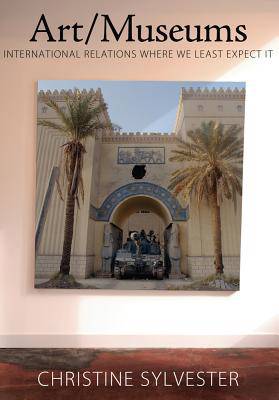
Alleen bij Standaard Boekhandel
+ 189 punten op je klantenkaart van Standaard Boekhandel
Beoordelingen
We publiceren alleen reviews die voldoen aan de voorwaarden voor reviews. Bekijk onze voorwaarden voor reviews.

